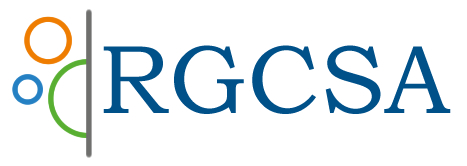Author: F. Ruis, Jan
Abstract: In this study I tested the astrological claim that synastry aspects between two natal charts play a role in human relationships. The sample used contained the birth data of 5648 parents who were non-celebrities born in France around the turn of the century. These birth data had originally been collected and published by M & F Gauquelin. To test this synastry claim I counted and analysed the mutual major aspects between partners (angular separation along the ecliptic) of 0, 60, 90 120 and 180 degrees (orb 5 degrees) of nine natal horoscope factors (Sun, Moon, Mercury,Venus, Mars, Jupiter, Saturn, Asc. And MC). I derived the theoretically expected aspect frequencies from the sample by comining all male subjects with all female subjects, each gender belonging to specific age groups. To test the significance of the deviation between observed and expected aspect frequencies, I used the synasstry aspects in 500 samples of each 2824 randomly composed couples, and fitted probability-density functions to the frequency histograms of these data. The frequency of the grand total of aspects appeared to be significantly large. A genuinely significant high aspect frequency to the Sun in the charts of the wives took a heavy share in the surplus of the grand total. Hwever, the number of significant aspects as well as the magnitude of the overall deviation from chance level were not genuinely significant. Nevertheless, a significant majority of factor pairing showed a surplus of aspect frequency. In addtion, several combinations of aspects as well as their frequency orb dependencies did not falfify astrological doctrines on synastry. But since th effect sizes were very small the conclusion was that synastry aspects may play only a trivial role in partner selection.
Keywords: Gauquelin, synastry, aspect frequencies, deviation
Notes:
Publication: Correlation: Astrological Association Journal of Research into Astrology
Issue: Volume 12 Issue 2
Dated: Winter 1993/94
Pages: Pages 20 – 43
Indication for a role of synastry aspects in a Gauquelin-sample of 2824 marriages (1)
Posted in Free Research Abstract
